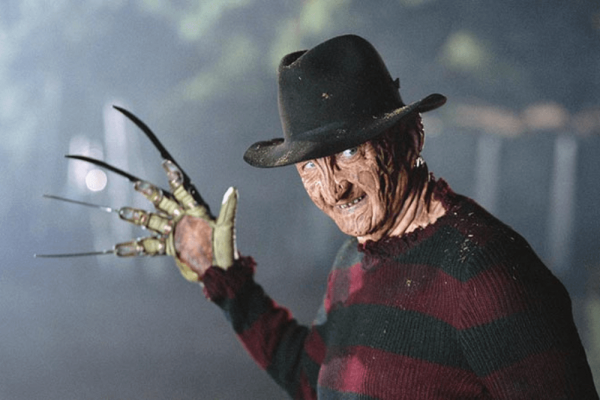Oct 4, 2023
The word “monster” originates with the Latin words for “omen” or “warning.” The best monster stories teach us about ourselves — about the evil that lurks in our own spirits. That’s something horror stories and the Enneagram have in common.
Read the Full Article

Already a subscriber? Login
